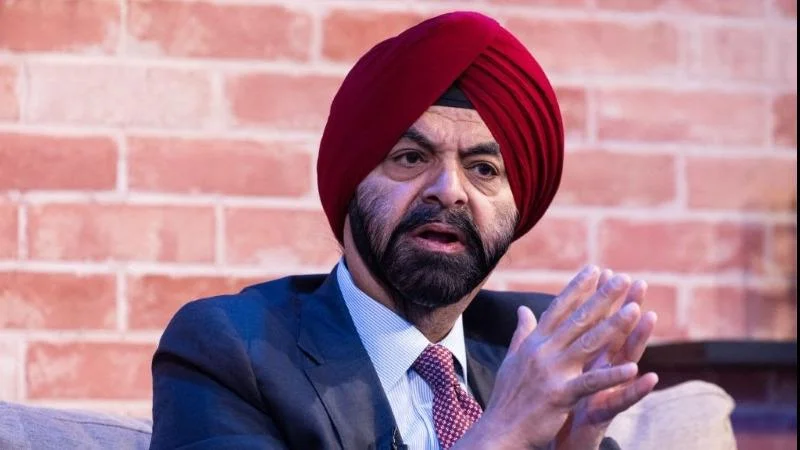A World Bank-supported project is working to address the decline in correspondent banking relationships (CBRs) across Pacific Island countries, a development that has raised concerns about financial isolation and its impact on remittances, trade, aid, and disaster response.
Since 2011, the Pacific region has experienced a 60 percent reduction in CBRs—twice the global average. The decrease is attributed to factors such as high compliance costs for banks, low profitability, and perceived risks related to money laundering and terrorism financing. The challenges are intensified by small market sizes and varying regulatory standards.
In 2024, the Pacific Islands Forum (PIF), together with the World Bank Group and other partners, initiated the Pacific Strengthening Correspondent Banking Relationships Project. This US$77 million effort spans eight countries—Fiji, Kiribati, Marshall Islands, Samoa, Solomon Islands, Tonga, Tuvalu, and Vanuatu—with Papua New Guinea expected to join. Funding comes from each country's International Development Association allocation.
"The loss of correspondent banking links has been one of the most urgent financial challenges facing our region," said Rodney Kirarock, former economic adviser to the Forum who helped co-design the project. "This initiative brings together governments, regulators and international partners to ensure that Pacific countries are not cut off from the global economy."
The project includes emergency support measures alongside long-term reforms aimed at restoring connectivity with international financial systems. Features include a regional stand-by facility for payments continuity during crises and compliance improvements aligned with international standards. It also supports a feasibility study for a proposed Pacific Payments Mechanism (PPM).
“The Pacific Payments Mechanism would take a platform approach with a network of banks and non-banks operating under common standards and shared services. This would make it more economically viable for financial institutions to provide these services across the Pacific,” said Julian Casal, Senior Financial Sector Economist at the World Bank.
The PPM model aims to aggregate transaction volumes from smaller markets such as Tuvalu or Kiribati with those of larger neighbors like Fiji or Solomon Islands so that combined flows become attractive enough for international institutions.
Getting this regional solution underway required significant collaboration among governments in the region as well as technical assistance from both PIFS and the World Bank. “We wouldn’t have got to this stage if it weren’t for the talents of a large multi-disciplinary team,” Casal said. “But it’s important to say that while the World Bank is providing technical and financial support, the project is really led by PIFS and Pacific governments.”
Attempts by regional leaders at past meetings initially stalled before renewed momentum came after Australia submitted supporting documents in 2021; ministers then directed PIFS to find an implementation partner—which became the World Bank.
“The Pacific has been advocating for a coordinated regional approach to correspondent banking challenges for nearly two decades,” said Denton Rarawa, Senior Economic Adviser at PIFS. “We’re now seeing that strategy materialise through a mechanism that balances national sovereignty with regional efficiency. It’s the result of sustained engagement, shared risk management, and recognition that the structural nature of this issue demands collective action.”
Regional gatherings in Sydney (March 2024) followed by Brisbane (July 2024) brought together finance officials from Australia, New Zealand and United States along with major global banks including JP Morgan Chase & Co., Wells Fargo & Company , Citigroup Inc , Federal Reserve , Reserve Bank of Australia , U.S Treasury , Australian Treasury , highlighting broad-based support for finding solutions.
“We invited the general manager of National Bank of Tuvalu to present,” Kirarock said. “That was a real lightbulb moment. It brought home the real human impact of losing CBRs.”
A diagnostic report prepared by World Bank staff—funded by New Zealand—concluded scale limitations were more central than compliance or risk perception issues when explaining why banks withdrew services from some markets.
By August 2024 consensus had formed around aggregation as part of an endorsed roadmap adopted at FEMM meetings later that month—a framework now guiding ongoing efforts.
Following approval by World Bank directors in August 2024—and operational launch in April 2025—the project is overseen by an implementation unit based in Suva; monitoring involves representatives from central banks across participating states plus regulators and development agencies via participation in what’s called The Pacific De-risking Group (co-chaired by PIFS & The World Bank).
World Bank President Ajay Banga met recently with Forum Secretariat officials as work continues on detailed feasibility studies expected early next year before further consultations on long-term solutions proceed.
“It's going to be a very open and innovative platform...one that I think will increase capacity [for] its network,” said Ilias Skamenlos Practice Manager for Finance Competitiveness & Innovation East Asia-Pacific Region at The World Bank.
The program reflects both an emphasis on resilience/inclusion within broader bank priorities but also underscores how critical such initiatives may prove: according to Kirarock,“We want to demonstrate that The Pacific is safe place for investment [and] banks...It’s an economic imperative.”

